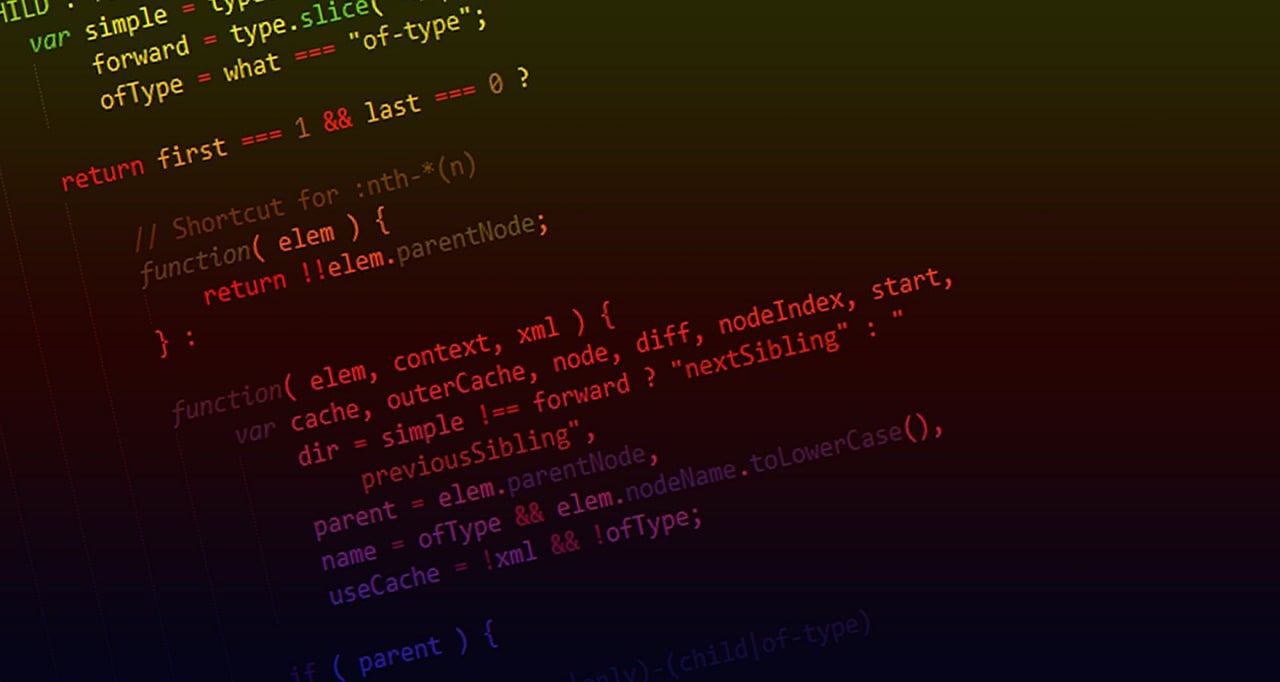In the Python programming scene, lists are adaptable workhorses, however entanglements can hide underneath their apparently clear surface. This article reveals insight into normal traps experienced while working with lists in Python and gives noteworthy procedures to staying away from them. From ordering burdens to impermanent amazements, understanding these difficulties is critical for outfitting the genuine force of lists.
Ordering Misfortunes
Ordering in Python begins at nothing, however the off-by-one chasm is a typical entanglement. Engineers frequently end up grappling with surprising outcomes while getting to list components. This segment reveals insight into the subtleties of ordering, directing engineers through the complexities and offering functional procedures to stay away from the traps related with off-by-one mistakes. By understanding the zero-based nature of Python ordering and executing preventive measures, engineers can with certainty explore this potential hindrance.
Impermanent Astonishments
Lists in Python are variable, considering set up changes. Notwithstanding, this adaptability can prompt startling astonishments. This segment dives into the risks of set up changes, investigating how adjusting a rundown can influence different factors referring to it. By unwinding the complexities of impermanence and offering methodologies to alleviate expected entanglements, engineers can tame the dangers of set up changes, guaranteeing that alterations act as planned without presenting accidental secondary effects.
The Snare of Abusing Affix
While the add() technique is an essential instrument for list change, abusing it can have memory and execution suggestions. This part investigates the likely snare of overreliance on annex(), revealing insight into how nonstop affixing can prompt wasteful memory utilization. By understanding the compromises in question and investigating elective strategies for effective rundown development, designers can explore this normal trap and guarantee their code stays both performant and memory-cognizant.
Disentangling the Zip Entanglement
The zip() capability is a strong partner for consolidating lists, yet it accompanies a possible entanglement — confounded lengths can prompt potentially negative side-effects. This part unwinds the intricacies of the zip entanglement, offering commonsense experiences into how to deal with situations where lists don’t adjust conveniently. By giving systems to forestall accidental pairings and effortlessly handle lopsided lengths, designers can unhesitatingly employ the compress() capability without falling into the snare of bungled information.
Moving Rundown Variability
List impermanence can present startling worldwide changes, adjusting information in manners designers probably won’t expect. This segment explores through the entanglements related with worldwide changes coming about because of rundown variability. By giving a nuanced comprehension of how changes to lists can have extensive impacts, engineers figure out how to move the scarce difference between utilizing the benefits of variability and keeping away from accidental modifications. Down to earth methodologies are introduced to assist designers with composing code that is versatile to unforeseen worldwide changes, guaranteeing that rundown adjustments are exact, purposeful, and don’t accidentally influence the more extensive extent of their code.
Deceptions Developers Trust About Lists
Exposing misinterpretations is crucial for avoiding entanglements. This segment tends to deceptions developers could accidentally trust about lists. By demystifying these normal misguided judgments, designers gain lucidity on how lists genuinely act. Whether it’s suspicions about list tasks or assumptions about their conduct in unambiguous situations, this part directs designers through the truth of rundown functionalities. Understanding the insights behind usually held confusions guarantees that code is based on exact presumptions, decreasing the probability of experiencing startling way of behaving or falling into entanglements established in falsehood.

The Quiet Entanglement of Associating
False names can quietly present entanglements while working with lists. This part investigates the nuances of references and nom de plumes, unwinding the quiet risks they present. By exploring through situations where different names highlight similar rundown, engineers gain experiences into staying away from accidental incidental effects. Pragmatic systems are introduced to moderate false name related entanglements, guaranteeing that designers can work with monikers actually without unintentionally making uncertainty or unforeseen changes their information.
Precarious Examinations
Contrasting lists includes subtleties that can be interesting to explore. This segment investigates entanglements related with list equity checks, directing designers through the complexities of contrasting lists successfully. By understanding the nuances of fairness examinations, designers can keep away from normal missteps that might emerge while managing lists of fluctuating lengths or settled structures. Reasonable experiences are given to guarantee that engineers can perform list examinations with certainty, composing code that precisely evaluates fairness without falling into normal snares.
The Secret Intricacy of Settled Lists
Settled lists add a layer of intricacy that can prompt traps in the event that not explored cautiously. This part divulges the secret difficulties of working with settled lists, offering down to earth procedures to disentangle and forestall traps in this perplexing landscape. From getting to components inside settled designs to changing explicit layers, engineers gain bits of knowledge into dealing with the novel difficulties presented by settled lists. By understanding the intricacies and utilizing techniques to explore them, engineers guarantee that their code stays strong while managing settled structures, forestalling unforeseen blunders and advancing proficient rundown control.
Conclusion
All in all, dominating lists in Python requires a consciousness of likely traps. By figuring out the complexities of ordering, changeability, and normal misinterpretations, engineers can avoid coding risks. This article fills in as an important aide, featuring the entanglements that frequently surprise designers and giving viable answers for keep away from them.
As engineers leave on their Python process, furnished with the information introduced here, they gain a more profound comprehension of lists’ way of behaving and likely traps. By embracing best practices and avoiding normal entanglements, engineers can guarantee that their code stays vigorous, lucid, and liberated from unforeseen astonishments. Lists, when used with watchfulness and skill, become dependable partners in the Python programming scene, engaging engineers to compose cleaner, more proficient code and explore the oceans of rundown control with certainty.